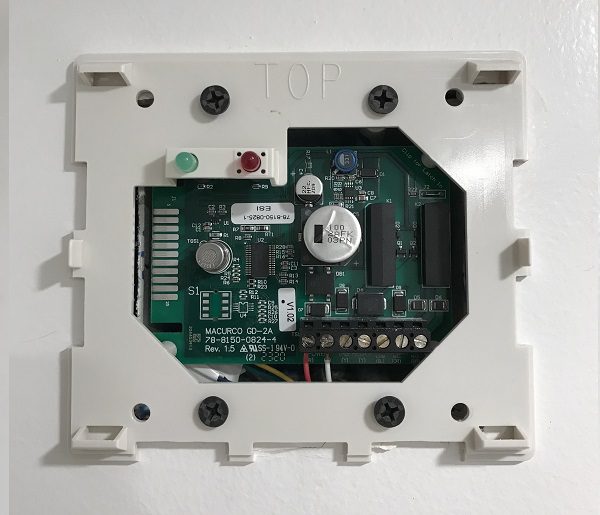Similar Posts

Oblique-Slip Fault Definition
Oblique-Slip Fault Oblique-Slip Fault: In geology, an oblique-slip fault is a fault that moves parallel to the strike or dip of the fault plane.

Surface-Wave Magnitude
Surface-Wave Magnitude “Surface-Wave Magnitude” is the magnitude of an earthquake that scientists estimate using measurements of the amplitude of surface waves.

Feldspars
Feldspars Feldspars: In the field of geology, and the branch of mineralogy, feldspars are a mineral group, that is the most common amongst the earth’s crust. In fact, there are two types of feldspars: plagioclase feldspar and orthoclase feldspar.

Single Station Methane Gas Detector
Single Station Methane Gas Detector Single Station Methane Gas Detector: As per the Los Angeles Department of Building and Safety (LADBS) Methane Code, Ordinance Number 175790, a single station methane gas detector is a device consisting of electrical components that are capable of measuring methane soil gas concentrations indoors, and initiating an alarm. The single…

Aphanitic
Aphanitic Definition Aphanitic: In geology, the term aphanitic describes the texture of plutonic or volcanic igneous rocks, with grains that are not visible to the naked eye. In fact, an aphanitic texture is usually the result of faster cooling and solidification of liquid magma.

Total Petroleum Hydrocarbons (TPH)
Total Petroleum Hydrocarbons (TPH) Total Petroleum Hydrocarbons (TPH): The term “Total Petroleum Hydrocarbons” represents the complete carbon chain of hydrocarbon compounds that originate from petroleum. In general there are three ranges of TPH: Gasoline Range Total Petroleum Hydrocarbons (TPH-g); Diesel Range Total Petroleum Hydrocarbons (TPH-d); and Oil Range Total Petroleum Hydrocarbons (TPH-o). Gasoline range TPH represents the…
